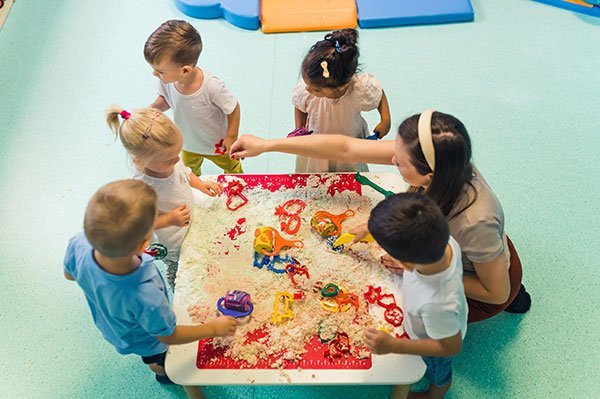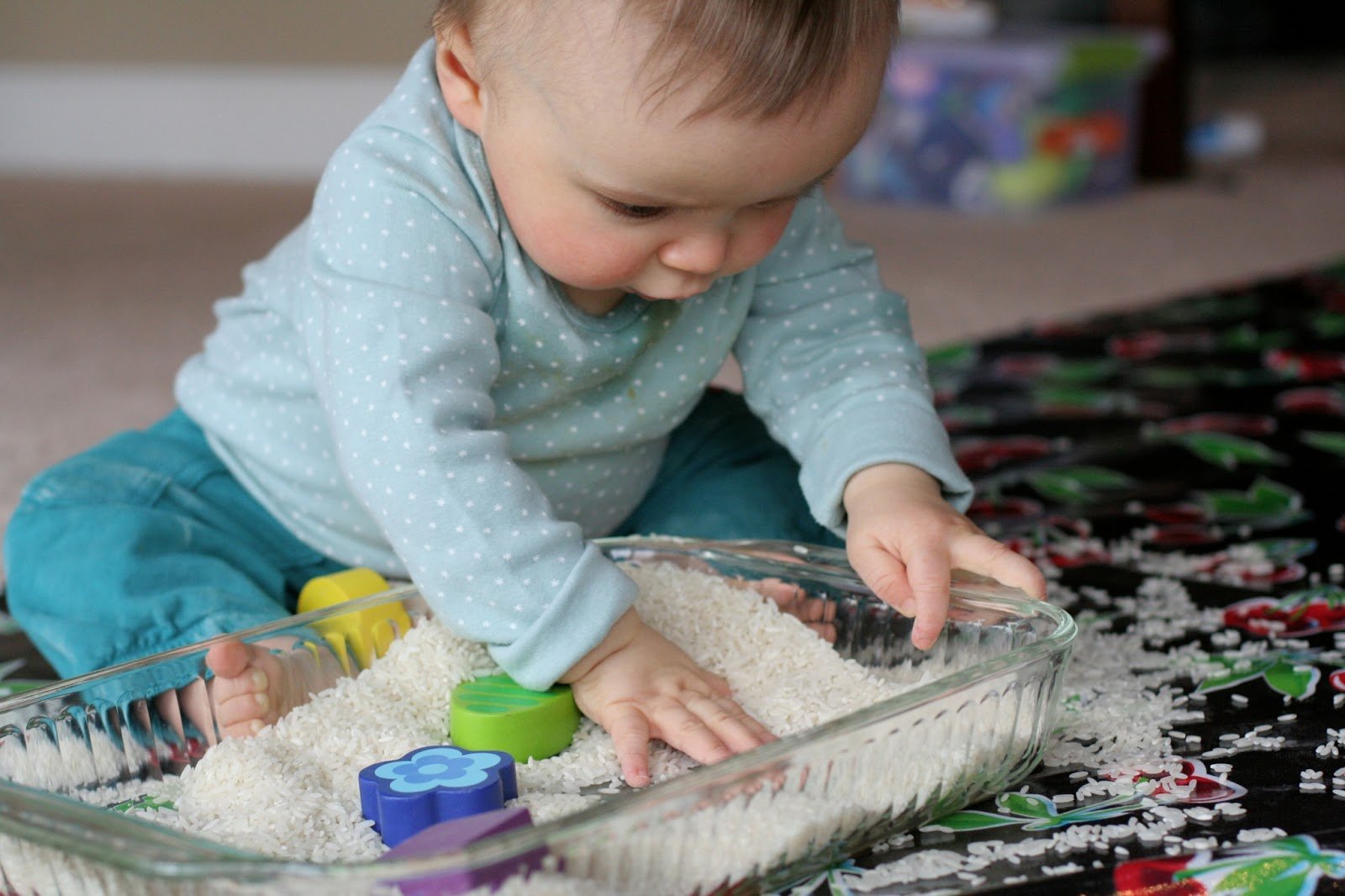Language development in babies is an exciting milestone, and sensory play can be a powerful tool to enhance this process. By engaging a baby’s senses—sight, touch, hearing, taste, and smell—parents and caregivers can create enriching experiences that encourage communication and language growth. Here’s how sensory play supports language development and some easy ways to incorporate it into your baby’s routine.
How Sensory Play Enhances Language Development
1. Stimulating the Brain
Sensory play activates multiple areas of a baby’s brain, fostering connections that aid in understanding and processing language. Activities that involve different textures, sounds, or movements encourage babies to observe, react, and eventually verbalize their experiences.
2. Encouraging Interaction
Sensory play often involves interaction with caregivers, which is crucial for language development. Talking to your baby during play exposes them to new vocabulary, sentence structures, and tone variations.
3. Building Vocabulary
When describing sensory experiences, such as “soft,” “rough,” “squishy,” or “cold,” babies are introduced to new words in a context they can physically explore and understand.
4. Developing Listening Skills
Sensory play activities that incorporate sounds, such as musical toys or nature recordings, help babies focus and distinguish between different auditory cues. This skill is essential for recognizing and mimicking speech patterns.

5. Promoting Confidence
As babies explore and achieve small successes during sensory play, their confidence grows. This self-assurance encourages them to try new sounds, words, and eventually sentences.
Sensory Play Ideas for Language Development
1. Texture Exploration
- What You Need: Fabric swatches, sponges, cotton balls, sandpaper, and squishy toys.
- Activity: Let your baby feel each item while you describe its texture. For example, “This is soft,” or “This feels bumpy.” Repeat these words as they explore.
2. Sound Bottles
- What You Need: Plastic bottles filled with beans, rice, or water with glitter.
- Activity: Shake the bottles and name the sounds they make. Use descriptive words like “loud,” “soft,” or “shaky.”
3. Sensory Bags
- What You Need: Resealable plastic bags, gel, beads, or buttons.
- Activity: Seal the materials inside the bag and let your baby squish it while you talk about what they’re feeling. Words like “squishy,” “cold,” or “jiggly” can enhance their vocabulary.
4. Water Play
- What You Need: A shallow tub of water, plastic cups, spoons, or floating toys.
- Activity: Narrate the actions as your baby splashes or pours. Use phrases like “The water is cold,” or “Look, the duck is floating!”
5. Nature Walks
- What You Need: Access to a garden, park, or backyard.
- Activity: Let your baby feel leaves, grass, or flowers while you describe their features. Encourage them to listen to birds chirping or the wind blowing.
Tips to Maximize Language Development Through Sensory Play
1. Narrate Everything
Talk to your baby continuously during sensory play. Describe what they’re doing, feeling, or hearing. The constant exposure to language helps build their understanding and speech.
2. Use Repetition
Repeat words and phrases often during play. Repetition helps babies recognize and remember new vocabulary.
3. Encourage Imitation
If your baby babbles or mimics sounds, respond enthusiastically and repeat their sounds with real words. This interaction encourages conversational skills.
4. Incorporate Books and Songs
Combine sensory play with books and songs related to the activity. For example, read a book about animals while exploring fur textures or sing a song about rain during water play.
5. Be Patient and Engaging
Give your baby time to explore and respond. Stay engaged by following their cues and introducing new words as they play.
Common Questions About Sensory Play and Language Development
Q: At what age should I start sensory play for language development?
You can introduce sensory play from as early as a few months old. Start with simple activities like soft toys and progress as your baby grows.
Q: What if my baby isn’t interested in sensory play?
Every baby is different. Experiment with various activities and follow your baby’s interests. Keep sessions short and fun to maintain engagement.
Q: Can sensory play replace traditional language learning methods?
Sensory play should complement other methods, such as reading, talking, and singing to your baby. Together, these activities provide a well-rounded approach to language development.
Final Thoughts
Sensory play offers a dynamic and enjoyable way to nurture your baby’s language development. By creating interactive and descriptive play experiences, you’re not only helping them explore the world but also equipping them with the tools to express themselves. With a little creativity, sensory play can transform everyday moments into powerful language-building opportunities.









